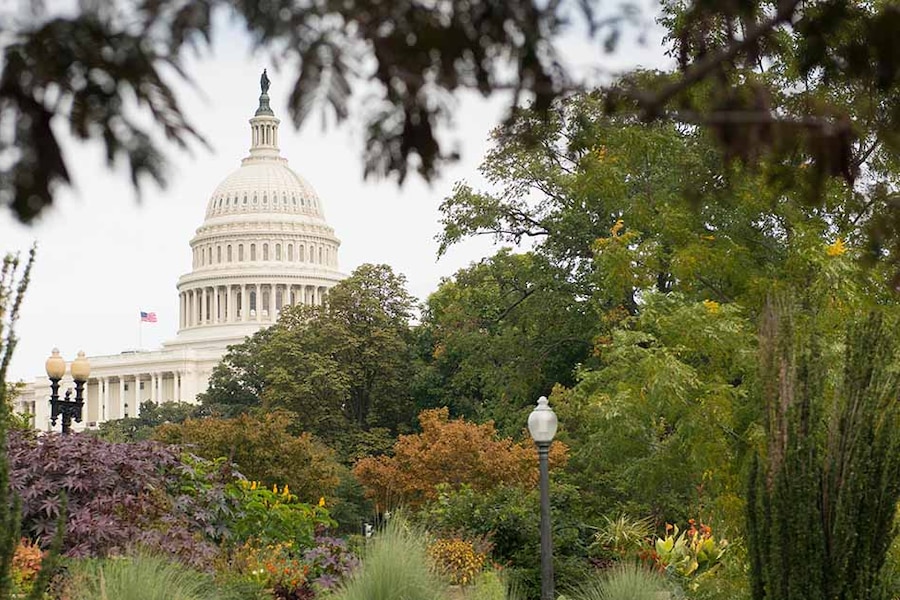Washington: What to Watch Now

A couple of weeks ago, there were multiple reports that President Donald Trump had settled on Kevin Hassett, the director of the National Economic Council, as his nominee to succeed Jerome Powell as Federal Reserve chair when Powell's term ends in May. Not so fast. Last week, Trump interviewed former Fed Governor Kevin Warsh and apparently came away impressed. In an interview with The Wall Street Journal on December 12th, Trump said Warsh was at or near the top of the list. "I think the two Kevins are great," Trump said.
As he has several times, Trump said that he had made up his mind about who he would nominate and then said he had not made a final decision. Reuters reported on December 14th that there was "pushback by people who have the ear" of the president about Hassett. The president has always liked having speculation about who he will pick for big appointments in the headlines and the possible pivot away from Hassett and toward Warsh certainly does that. The president is not expected to announce a decision until early next year.
Meanwhile, Fed Governor Stephen Miran, who was confirmed by the Senate in September to finish a term that expires in January, told CNBC today that he expects to remain at the Fed past the end of his term until a successor is confirmed by the Senate.
Fed underscores its independence
In a hugely significant development for Fed independence, the board of governors voted to reappoint 11 of the 12 regional Fed bank presidents to new five-year terms. (The 12th, Atlanta Fed President Raphael Bostic, announced he will retire in February and a search is underway for his successor.) The vote was not expected until early 2026, and there had been some speculation that the president was pushing Fed governors to reject some or all of the regional bank presidents so that the White House might have a hand in picking new leaders who would be more aligned with the president's views on monetary policy. That didn't happen, and the unanimous vote indicates it was likely never much of a threat. But Fed watchers are cheering the development as a sign that the Fed's independence won't be compromised easily.
Fed cuts rates again
The House of Representatives last week passed the Incentivizing New Ventures and Economic Strength Through Capital Formation (INVEST) Act, including e-delivery legislation. The legislation, which packaged together 22 financial services related bills, was approved by the House on a 302-123 vote, with 87 Democrats joining all Republicans in support. The legislation includes e-delivery legislation, which would allow investment companies to send regulatory documents to investors electronically by default. Investors could opt out at any time to continue receiving paper documents. Other notable provisions in the bill include allowing 403(b) plans to invest in collective investment trusts (CITs), as 401(k) plans can do today; expanding the accredited investor definition; barring the SEC from limiting closed-end funds from investing in private funds; and launching a task force on older investors at the SEC. The bill now moves to the Senate where it may receive consideration in 2026.
For more commentary on news and policies from Washington that impact investors, listen to the WashingtonWise podcast.